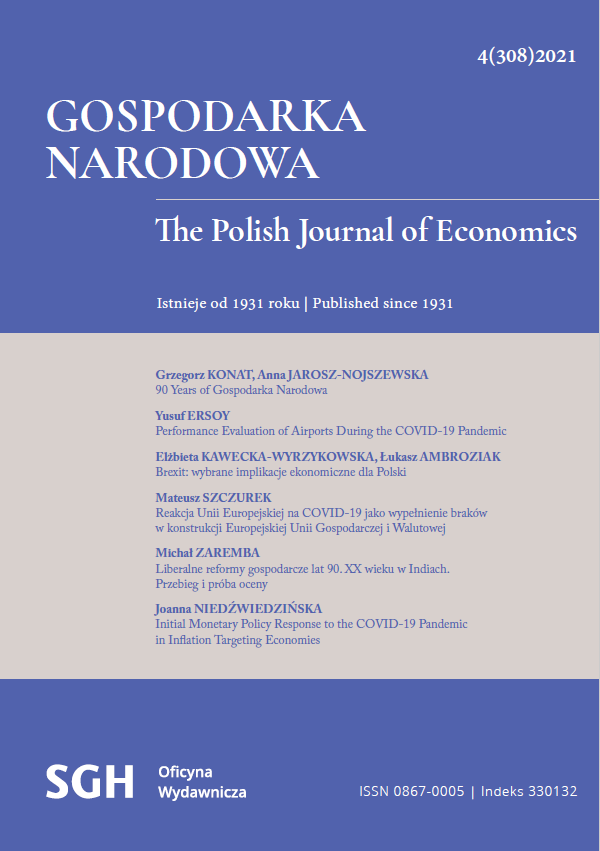A Comparison of German, Swiss, and Polish Fiscal Rules Using Monte Carlo Simulations
A Comparison of German, Swiss, and Polish Fiscal Rules Using Monte Carlo Simulations
Author(s): Adam Pigoń, Michał RamszaSubject(s): Economy, National Economy
Published by: Szkoła Główna Handlowa w Warszawie
Keywords: fiscal policy; fiscal rules
Summary/Abstract: This paper assesses the economic implications of existing fiscal rules in Poland, Switzerland and Germany. In the analysis, we establish economic relationships between output, government revenues and expenditures, estimating a VAR model based on US data for the 1960–2015 period. We impose on these relationships fiscal policies implied by a given rule and analyse the consequences for the simulated paths of debts, deficits and expenditures in terms of stability and cyclicality. We find that the Swiss and German rules are strict and stabilise deficits at low levels. However, this may still not be sufficient to stabilise debt in the long term in the strict sense. The Polish rule stabilises the debt level at about 40% – 50% of the GDP in the long term. All the rules imply an anticyclical fiscal policy: the deficit-to-GDP ratio implied by changes in the output gap increases by up to 2.2 percentage points, 3.3 pp and 3.9 pp over the whole business cycle for the Polish, Swiss and German rules respectively. These results can be perceived as satisfactory for the Swiss and German rules.
Journal: Gospodarka Narodowa. The Polish Journal of Economics
- Issue Year: 312/2022
- Issue No: 4
- Page Range: 17-41
- Page Count: 25
- Language: English

